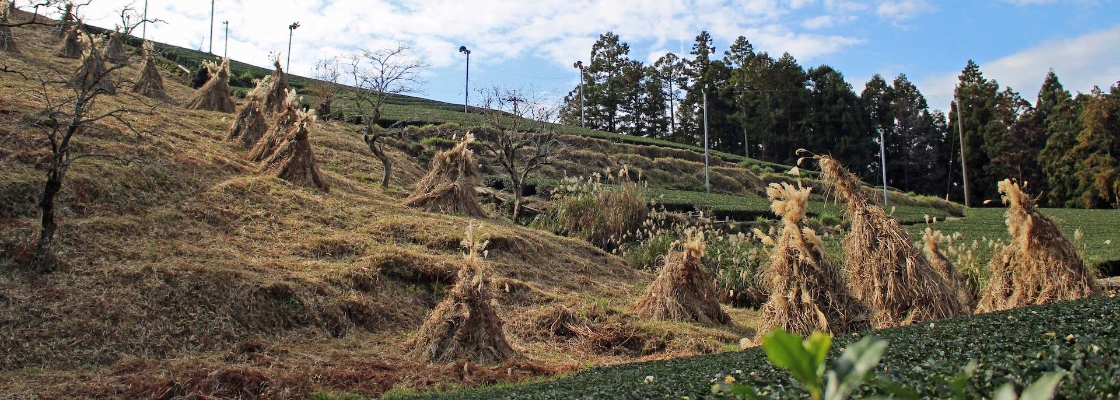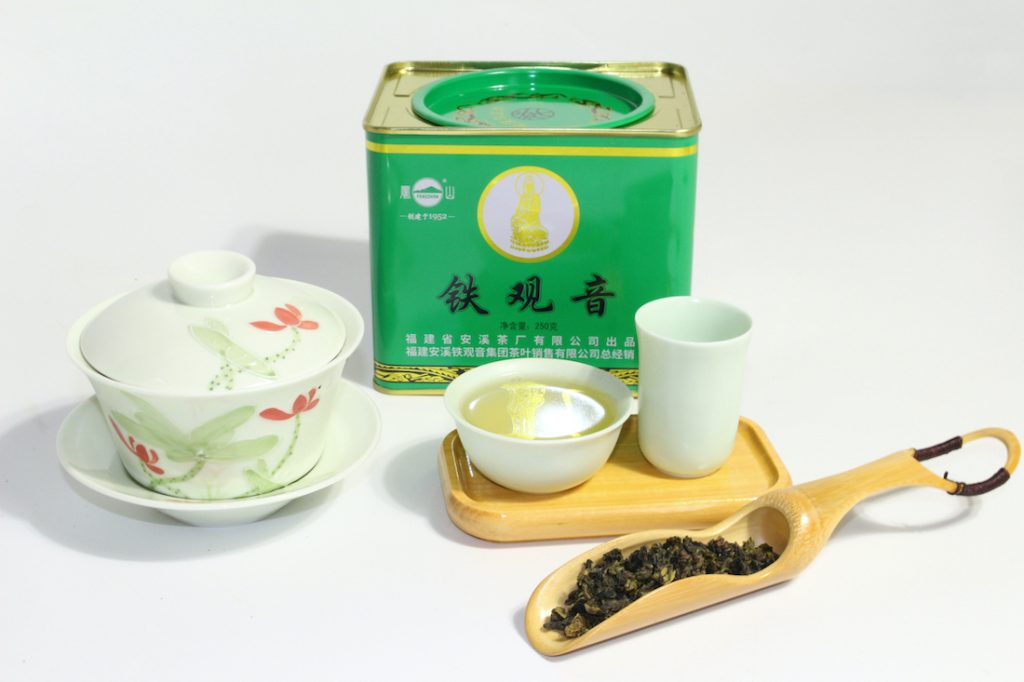Globally Important Agricultural Heritage Systems (GIAHS) related to tea

MENU
Name of System: Anxi Tieguanyin Tea Culture System
福建安溪铁观音茶文化系统
Area: Lutian, Huqiu and Xiping, Anxi Country, Quanzhou City, Fujian Province, China
Date of recognition: 20 May 2022
Tea industry, a major industry in Anxi
Anxi is located in the southeastern part of Fujian Province and has a subtropical oceanic monsoon climate. There are many mountains and hills. In the mountains, there are various microclimates. The climate of Anxi is suitable for tea cultivation, and tea has been cultivated there for more than 1,000 years.
Anxi tea culture spread to the world via the Maritime Silk Road, during the Song Dynasty (960 – 1279 ) and Yuan Dynasty (1206 – 1368).
The tea industry is a major industry in Anxi, with about 66.4% of the population benefiting from the tea industry in 2017, and many industries such as food processing, machine manufacturing, and tourism are developing out of the tea industry.

Anxi Tieguanyin Tea
Anxi tea is famous for its semi-fermented Oolong tea, “Tieguanyin Tea”. About 300 years ago, the tea variety of Tieguanyin was discovered and the Oolong tea Tieguanyin Tea was born. Tieguanyin Tea has a flavor that combines the sweetness of fragrant olives with richness and freshness. Its unique flavor is called Tieguanyin (观音韵).
Currently, there are more than 100 varieties of tea plants in Anxi, mainly varieties suitable for making Oolong tea.
A complex agricultural system made by people and nature
The Anxi Tieguanyin Tea Culture System involves a complex scheme of planting tea plants, forests and green manure, and rational construction of water conservation facilities and transportation facilities. The system maintains the water source and the soil, and accelerates the cycle of nutrients. Additionally, it improves the microclimate environment of tea gardens.
The tea plants are planted in terraced fields with stable terrace walls orderly on the mountains and hills. Reservoirs are made to secure water sources on the top of hills or mountains so that rainwater can serve for water shortages. Additionally, drains are built around the tea gardens for preventing floods. Highly-toxic pesticides, herbicides, foliar-fertilizer, and fertilizers containing rare-earth elements have been strictly prohibited to prevent contamination.
In addition, the ecological compensation mechanism is promoted and tea plantations with serious soil erosion is returned for forests and grass.
Rich agrobiodiversity
In addition to tea plants, various plants are grown in Anxi, including food crops, oil crops, vegetables, sugar-yielding crops, green manure crops, fiber crops and fruit trees.
Crops such as maize and rice, tubers such as potatoes, oil-yielding crops like soybeans, peanuts and oilseed, and fruit are planted around the tea gardens or intercropped between the tea plants. These provide food and oil for local people. The straws and vines of these crops can serve as not only fodder for livestock and poultry but also as organic fertilizers for the tea plants.
Additionally, dozens of edible fungi grow on the tea plant mountains in Anxi, and livestock and poultry live there, too. Freshwater aquatic products such as carp, white shrimp, etc. are farmed in the reservoirs around the tea gardens.
As a result, these form a stable ecosystem with symbiosis of flora and fauna, which maintains rich biodiversity.
Tea plant vegetative propagation techniques
Anxi is the birthplace of Anxi Tieguanyin Tea and the semi-fermentation technology of oolong tea. Additionally, Anxi is the birthplace of tea plant vegetative propagation techniques in China. Anxi’s single-node cutting propagation technology was widely spread.
Anxi tea farmers found that branches bent and buried in soil can grow roots. Owing to this discovery, the “Tea tree whole-branch layering propagation method” was first developed around 1640. Lately, tea farmers have developed the “Tea tree long-scion cutting propagation method” and “Tea tree short-scion cuttage techniques”.
Short-scion cutting can maintain the characteristics of fine-variety tea plants. This method allows for tea gardens to become ready for picking earlier, leading to higher economic benefits.
Tea culture
Anxi Tieguanyin tea culture has contributed to the development of the agricultural society in Anxi. Furthermore, it has influenced culture, religious beliefs, living customs, literature and art, too. Tea plays an important role in ceremonial occasions, such as being used as a betrothal gift.
Anxi tea art is respectful to nature and tea farmers, treats tea drinkers sincerely and passes on the spirit of the way of Tea (茶道) “Pure, Elegant, Respectful, and Harmonious”. The Anxi tea art embodies the philosophy of Anxi people.
In 2009, Anxi was designated as the “Hometown of Chinese Folk Culture and Art (Tea Culture) (中国民间文化艺术(茶文化)之乡)” by the Chinese Ministry of Culture.
Tea battle (斗茶 dòuchá)
There are many tea-related activities in Anxi, for example, dòuchá (Tea Battle) and the Tea King Contest, etc. Tea Battle was known as míngzhàn, diǎncha, diǎnshi in ancient times and it started in the late Tang Dynasty (618~907).
By pitting different techniques for producing Oolong tea and Tieguayin tea against each other, tea farmers can learn from others, hone their skills, and improve the overall quality of Tieguanyin tea. It also leads to the inheritance of technology.
Eco-tourism
Tea-themed eco-tourism is implemented in the GIAHS area. Tourists can experience tea picking and tea making, and stay at a tea manor house.
Anxi Tieguanyin has 3 types which are Qingxiang (清香) type, Nongxiang (浓香) type and Chenxiang (陈香) type. Qingxiang type is roasted lightly, Nongxiang type is roasted deeply, and Chenxiang type is roasted and stored for more than 5 years.
The tea in the photo is Qingxiang (清香) type.
Reference:
The Food and Agriculture Organization (FAO), GIAHS Globally Important Agricultural Heritage System
http://www.fao.org/giahs/en/
FAO, GIAHS Globally Important Agricultural Heritage System, Anxi Tieguanyin Tea Culture System
https://www.fao.org/giahs/giahs-around-the-world/china-anxi-tea-culture-system/en
農林水産省HP、世界農業遺産 Globally Important Agricultural Heritage Systems (GHIAS)
https://www.maff.go.jp/j/nousin/kantai/giahs_1_1.html
*The information provided on this site may be updated. If you find any information in this article that is incorrect, out of date, or incomplete, please contact CHAMART.